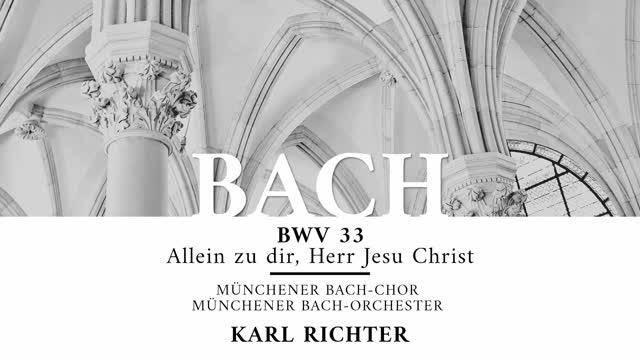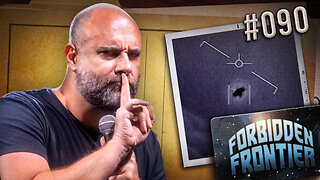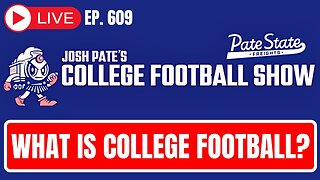Premium Only Content

Cantata BWV 33, Allein zu dir, Herr Jesu Christ - Johann Sebastian Bach 'Karl Richter'
🎻 Enjoy the music. Please Follow, like & comment, this is immensely appreciated 🎻
Composition Year: 1724 in Leipzig
First Performance: 1724-09-03 in Leipzig
Dedication: 13th Sunday after Trinity
Performers: Julia Hamari - Alto • Peter Schreier - Tenor • Dietrich Fischer-Dieskau • Münchener Bach-Chor • Münchener Bach-Orchester • Karl Richter, Dirigent.
Recorded: München Herkulessaal, 3&10/1976;6/1977
Recording quality: High
~
1. Chorus: Allein zu dir, Herr Jesu Christ (A minor)
2. Recitativo (bass): Mein Gott und Richter (E minor-G major)
3. Aria (alto): Wie furchstam wankten meine Schritte (C major)
4. Recitativo (tenor): Mein Gott, verwirf mich nicht (A minor)
5. Duet Aria (tenor, bass): Gott, der du die Liebe heißt (E minor)
6. Chorale: Ehr sei Gott in dem höchsten Thron (A minor)
~
Work:
Johann Sebastian Bach composed the church cantata Allein zu dir, Herr Jesu Christ (Only upon You, Lord Jesus Christ), BWV 33, in Leipzig in 1724 for the thirteenth Sunday after Trinity and first performed it on 3 September 1724. The chorale cantata is based on the hymn "Allein zu dir, Herr Jesu Christ" by Konrad Hubert (1540).
~
History and words:
Bach composed the cantata in his second year in Leipzig for the 13th Sunday after Trinity. That year, Bach composed a cycle of chorale cantatas, begun on the first Sunday after Trinity of 1724. The prescribed readings for the Sunday were from the Epistle to the Galatians, Paul's teaching on law and promise (Galatians 3:15–22), and from the Gospel of Luke, the parable of the Good Samaritan (Luke 10:23–37).
~
The cantata is based on the hymn by Konrad Hubert, which was published in Nürnberg in 1540 with an added fourth stanza. Each of the stanzas consists of nine lines.[5] For the cantata text, an unknown poet kept the words of stanzas 1 and 4 unchanged for movements 1 and 6. He transcribed the ideas of the inner stanzas, each to a sequence of recitative and aria. Due to the splitting of each stanza in two movements, the paraphrasing is a more independent of the original than for the previous cantatas of the cycle, last Herr Jesu Christ, du höchstes Gut, BWV 113. The hymn, concentrating on the sinner asking Jesus for redemption, is only generally connected to the Gospel. The poet connects to the Gospel in movement 4, "Gib mir nur aus Barmherzigkeit / den wahren Christenglauben" (Of your mercy grant me / the true Christian faith), addressing God as the true "Good Samaritan", also in movement 5, "Gib, daß ich aus reinem Triebe / als mich selbst den Nächsten liebe" (Grant that my purest impulse may be / to love my neighbour as myself"), citing the central line of the parable. The poet also refers to other Bible passages, in movement 2 to Job 9:3, "If he will contend with him, he cannot answer him one of a thousand.", and in movement 4 to both Psalms 51:13, "Then will I teach transgressors thy ways; and sinners shall be converted unto thee." and Galatians 5:6, "Then will I teach transgressors thy ways; and sinners shall be converted unto thee."
~
The chorale melody "Allein zu dir, Herr Jesu Christ" of unknown authorship was documented in a 1541 Wittenberg publication. It was used extensively, for example by Sethus Calvisius and Michael Praetorius. According to Klaus Hofmann, it was composed in 1512 for a secular song by Paul Hofhaimer. In the cantata, Bach uses the melody completely in a chorale fantasia in movement 1 and in the closing chorale, while he alludes to it in movement 5, a duet.
~
Bach first performed the cantata on 3 September 1724.
~
Extended info on this work: https://bit.ly/33Qi6zE
Extended biography: https://bit.ly/3yfbm90
~
ATTRIBUTION:
The music is licensed and attributable to, Archiv Produktion
-
 1:12:32
1:12:32
Classical Music P.D.
2 years agoSymphony No.5 - Gustav Mahler 'James Levine - 1977'
155 -
 11:49
11:49
Reforge Gaming
3 hours agoXbox - Next Game on PlayStation?
9.8K3 -
 27:46
27:46
ArturRehi
1 day agoSurprise Counter-Attack in Kursk Advanced 3 Miles | French Jets Arrive | Ukraine Update
9.46K5 -
 11:51
11:51
Alabama Arsenal
14 hours ago $3.32 earnedThe Silent Sledgehammer | GQ Armory 8.6BLK Paladin
52.7K1 -
 2:21:11
2:21:11
Nerdrotic
18 hours ago $38.53 earnedDown the Rabbit Hole with Kurt Metzger | Forbidden Frontier #090
185K35 -
 2:41:13
2:41:13
vivafrei
23 hours agoEp. 251: Bogus Social Security Payments? DOGE Lawsduit W's! Maddow Defamation! & MORE! Viva & Barnes
294K310 -
 1:19:23
1:19:23
Josh Pate's College Football Show
16 hours ago $5.50 earnedBig Ten Program Rankings | What Is College Football? | Clemson Rage| Stadiums I Haven’t Experienced
89.3K1 -
 13:22:09
13:22:09
Vigilant News Network
21 hours agoBombshell Study Reveals Where the COVID Vaccine Deaths Are Hiding | Media Blackout
137K69 -
 1:17:59
1:17:59
Sarah Westall
17 hours agoDOGE: Crime & Hysteria bringing the Critics & the Fearful - Plus new CDC/Ukraine Crime w/ Dr Fleming
128K16 -
 45:39
45:39
Survive History
23 hours ago $12.40 earnedCould You Survive in the Shield Wall at the Battle of Hastings?
105K7